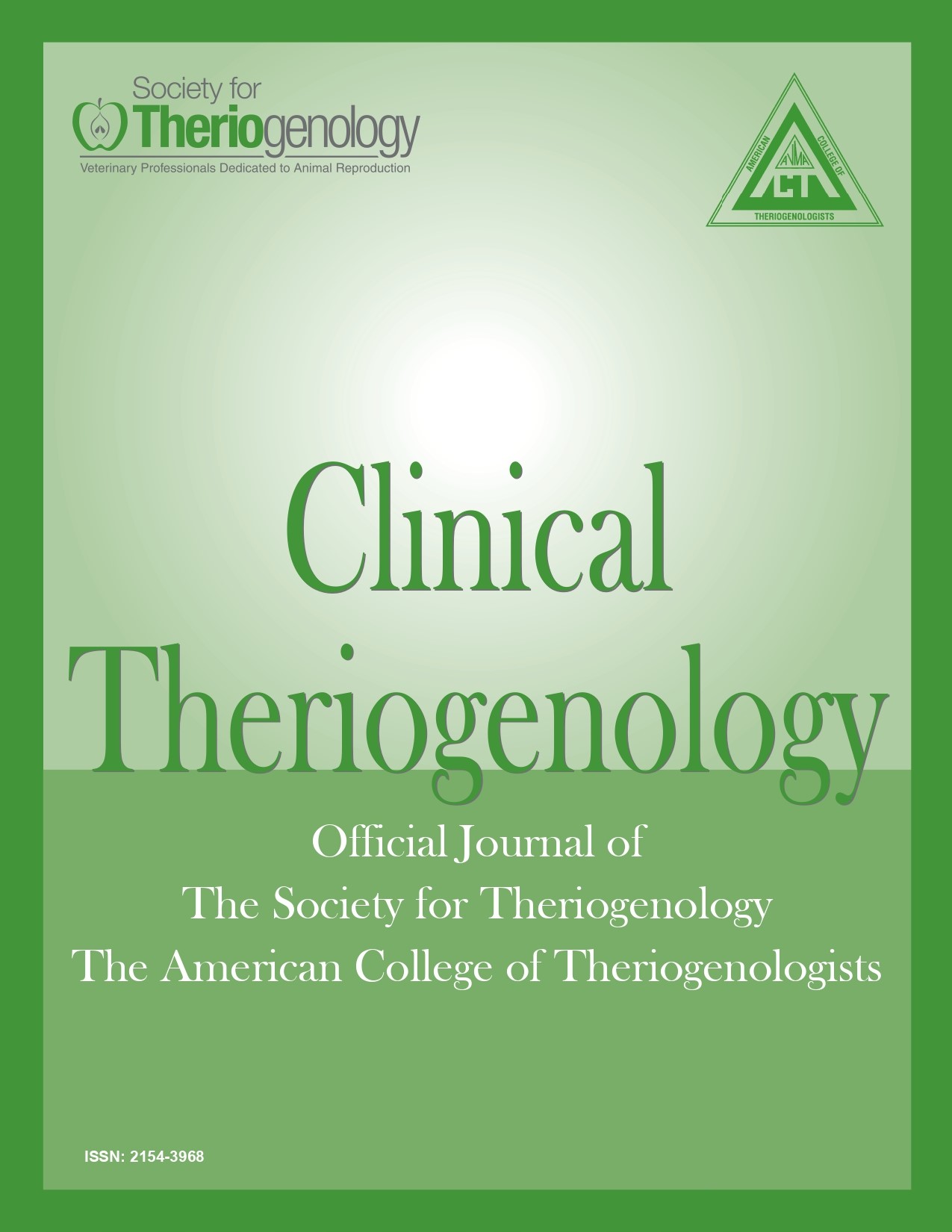Antimicrobial Therapy In Foals
Abstract
Antimicrobial therapy has long played a vital role in the treatment of equine bacterial diseases. However, the arsenal of equine-approved antimicrobial agents available to veterinarians is limited. Few antimicrobial drugs are licensed for use in horses, often requiring the clinician to resort to extra-label use. Unfortunately, many human drugs are not appropriate for use in horses because of poor oral bioavailability, cost, lack of species-specific pharmacokinetic data, or risk of serious adverse effects such as enterocolitis. While development of new antimicrobials initially outpaced development of bacterial resistance, the trend has reversed over the last 10 years. This has resulted in emergence of resistant bacteria as a major problem worldwide. Although any use of antimicrobials has the potential to contribute to development of resistance, antimicrobial therapy is vital for controlling equine infectious disease. Thus, it is the veterinarian’s responsibility to use antimicrobials judiciously. In general terms, judicious use is defined as the optimal selection of a drug, dose, dosing interval, and duration of therapy along with reduction of inappropriate or excessive use of antimicrobials. Judicious use of antimicrobials is essential to maximize treatment efficacy while minimizing development of bacterial resistance, occurrence of adverse reactions, and relapses. This technical bulletin provides an overview of current concepts that guide rational antimicrobial therapy in horses.
Downloads
Authors retain copyright of their work, with first publication rights granted to Clinical Theriogenology. Read more about copyright and licensing here.





